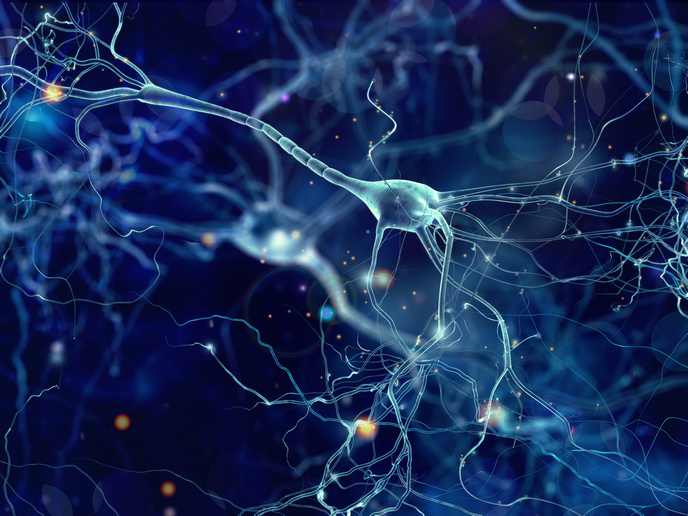A game changing drug against neurodegeneration
Neurodegenerative disorders emerge from the progressive deterioration of neural functions associated with damage to peripheral nerves, brain neurons or spinal cord. Patients suffer from motor problems, memory loss and cognitive issues, severely affecting their quality of life and that of their families. A lead compound from Chinese herbs The EU-funded NeuroProtect project developed a novel drug based on a natural, Chinese herb-derived compound capable of healing damaged neurons. This lead compound was synthesised by SunRegen Healthcare AG (SunRegen), a biopharmaceutical company that focuses on innovative treatments against neurological, neuromuscular and ophthalmic diseases. SunRegen has a promising drug portfolio and was announced the winner of the BIO-Europe® 2018 Startup Slam competition. As Dr Dong, cofounder of SunRegen, explains: “NeuroProtect is a novel compound with remarkable neuroprotective, neuro-rescuing and neuroregenerative properties.″ The compound has been tested initially in animal models for primary optic atrophy, a condition affecting the optic nerve, which is responsible for sending information from the eye to the brain. The condition could emerge due to different pathologies such as glaucoma, multiple sclerosis, diabetes, and causes vision problems including blindness. Researchers have demonstrated the restorative effect of the compound in various in vitro and in vivo models as well as in a non-human primate experimental model of optic atrophy. Administration of NeuroProtect resulted in an increase in the retinal nerve fibre layer in the diseased eyes, which is formed by optic nerve fibres and is usually affected in the disease. Similar results were obtained in patients with optic atrophy following treatment with the herb of which NeuroProtect is the active pharmaceutical ingredient. These results indicated the restorative impact of the drug on the optic nerve morphology and its capacity to interfere or even reverse the neurodegenerative process. Dr Dong outlines the significance of the non-human primate study: “Non-human primates have similar eyes to humans in structure and size, as well as they contain the fovea, a region in the temporal retina specialised for high visual acuity. Non-human primates have been extensively used as a translational model to study human eye diseases. As the pathology in primates is very close to the human disease, the results are easily translatable to humans.″ Clinical impact of NeuroProtect Although clinical trials for the drug are pending, the promising experimental evidence is encouraging further drug development. Future plans include the investigation of the efficacy of NeuroProtect to treat other serious neurological or neuromuscular diseases such as ALS, Huntington’s, Alzheimer’s and Parkinson’s disease. To do so, the company hopes to attract investors and obtain further EU funding. ALS is undoubtedly a great unmet medical issue given its sporadic incidence, debilitating nature and rapid progression. Most patients succumb to respiratory failure five years after disease onset. Although relatively rare, the socioeconomic consequences of ALS are extensive, with lifelong treatment mounting to over EUR 1 million per patient. NeuroProtect can therefore contribute to reducing the global economic burden of ALS and other neurodegenerative disorders whilst improving clinical phenotype and the quality of life of patients. Undoubtedly, the continuous increase in the aging population and the incidence of neurodegeneration raise the demand for novel therapies. The encouraging preclinical data of NeuroProtect render it ‘a game changer’ in the battle against neurodegeneration.







